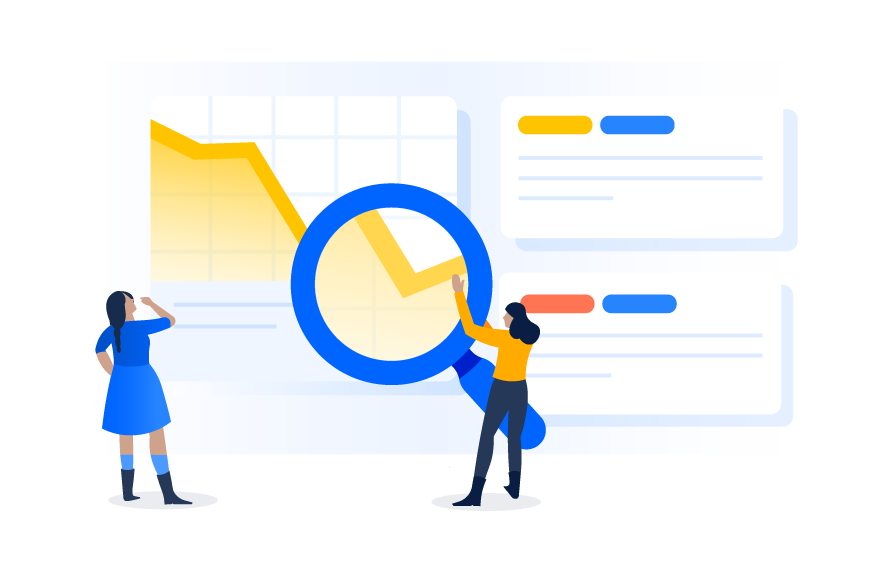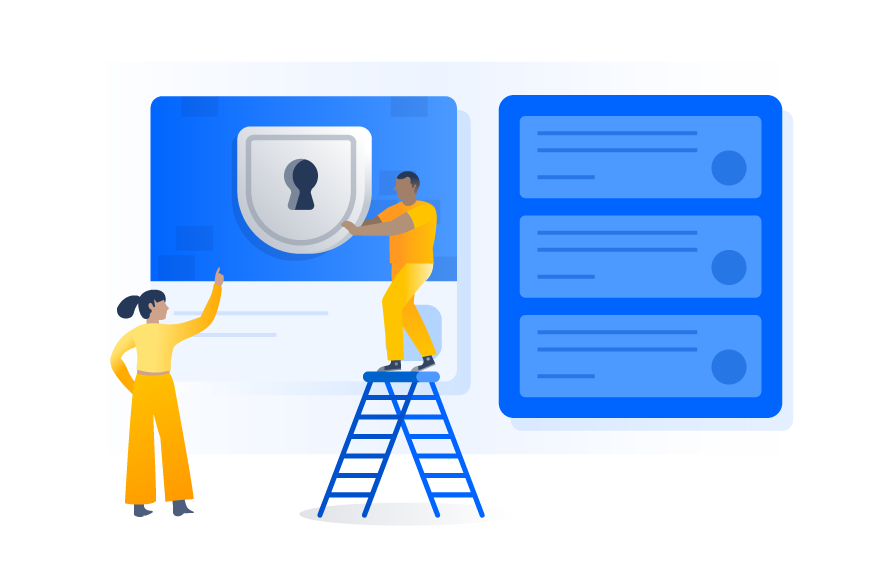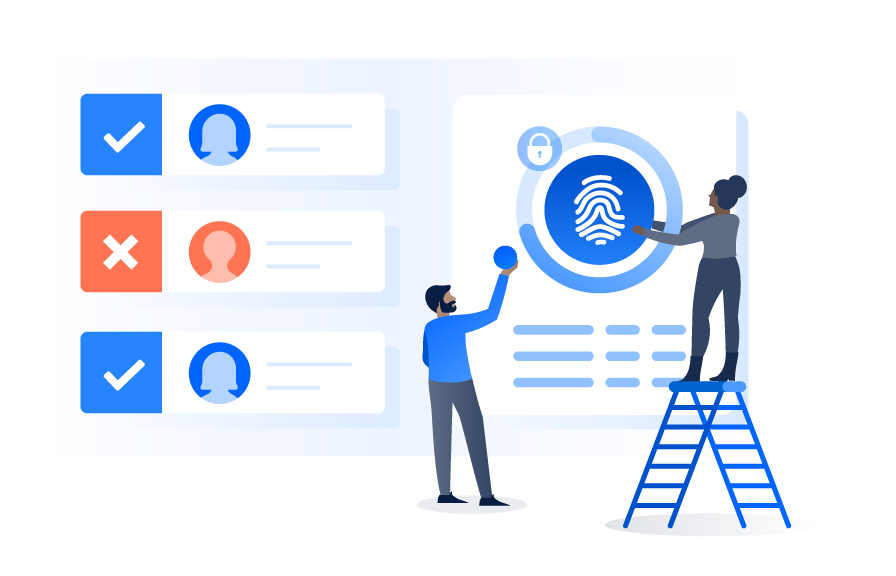3 common security threats and how to protect your organization

Organizations, regardless of industry, must prioritize security as they mature and scale. Safeguarding your people and data are of the utmost importance and if your organization is unable to meet those demands, you risk financial loss, data corruption, and complete disruption of business operations.
It is almost certain that an organization will experience a data or system security breach at some point in its lifespan. Cyber security threats are growing in frequency, diversity and complexity. According to a recent cybersecurity study conducted by IBM Security, it takes an average of 280 days to identify and contain a data breach and costs upwards of $3.86 million. Year over year, these numbers continue to rise, and without the proper visibility and control to monitor and assess risk, organizations are left vulnerable. Now more than ever, businesses must make it a priority to protect the sensitive data that they have been entrusted with.
While it is critical to stay prepared no matter the likelihood of an attack, knowing your risks and tolerance level can help in understanding how you should prepare your organization. These measures could help you manage risk and reduce threats, preventing severe damage from financial burdens to IP loss. But what security risks might your organization be exposed to and what are the potential consequences for your teams? Let's go over a few common business impacts and how you can prevent your Atlassian products from being breached.

Routinely audit your accounts and limit admin access
While using enhanced security methods are a great first step, we recommend that you periodically audit your accounts. This allows you to effectively manage users with access to your data and remove access from anyone that shouldn’t have it. Admins of Atlassian cloud and Data Center products have special privileges when it comes to viewing and sharing information and granting access. When delegating access, make sure that admin privileges are granted only to those who require it.
Communicate security best practices
Keeping company information secure is the responsibility of the entire organization. By educating your teams about threats and risk mitigation, you can implement best practices for protection and foster a strong security culture. Here are a few things you can communicate to your users:
- Remind users not to include credit card numbers in tickets, pages, etc.
- Remind users to restrict access to pages or tickets that include customer or other sensitive information
- Encourage employees to use strong passwords and change them regularly
- Recommend that users enable individual two-step verification for their Atlassian account

Implement policies for your organization to increase login security
Having a secure login process is critical when it comes to data protection. Here are a few ways to protect your login credentials:
- Individual two-step verification: This is a great first step to safeguard your Atlassian accounts and is especially recommended for high-privilege accounts.
- Enforced two-step verification: With a subscription to Atlassian Guard, you can take these protocols a step further with the ability to enforce two-step verification across your organization.
- Password policies: Also available via Atlassian Guard, a password policy ensures that teams are using best practices when creating passwords and allows admin to set password strength requirements and expiry dates to reduce the risk of password-related compromises.
Educate employees about intellectual property
Workshops and awareness training can be effective at preventing IP leaks. It is not enough to focus IP protection solely on firewalls and copyrights, employee training must be a part of your strategy. In most cases, IP leaves an organization by accident or through negligence. Let's take email for example, IP can accidentally be sent to the wrong person because an attachment contained hidden content or the sender used the wrong address. Make sure that your employees are aware of how they might unintentionally expose IP including via personal email accounts, corporate email, file sharing, and/or collaboration tools like Slack or Dropbox.

Configure single sign-on with your identity provider
Single sign-on (SSO) is a great solution for managing account access and creates a seamless experience for end-users. More importantly, SSO mitigates security risks caused by the growing number of applications and logins as you scale. Atlassian’s support for SSO enables features such as just-in-time provisioning, centralized management of authentication policies, and automatic lockout when a user is deactivated from your SSO provider.
Set up automated user provisioning and de-provisioning
Automated user provisioning allows for a direct connection between your identity provider and your Atlassian products. Data Center’s advanced user management capabilities allow admins to oversee user-related activities and easily achieve simple and secure authorization and authentication. This means that admins have the power to manage user identities via a centralized view to provision and remove users on-demand. The ability to de-provision users reduces the risk of security incidents by removing access for those that leave your organization. Gone are the days of manually creating and deactivating user accounts each time someone joins or leaves the company. These advance capabilities give you the control and visibility you need, saving you time and ensuring your products' security.
Learn how Atlassian protects your data
Maintaining a secure environment is top-of-mind as you scale your team and build out workflow processes. For organizations looking to improve security and compliance, Atlassian products offer built-in features and capabilities to support your demands.
Read more about how Atlassian can play a role in your security planning on our Trust site.